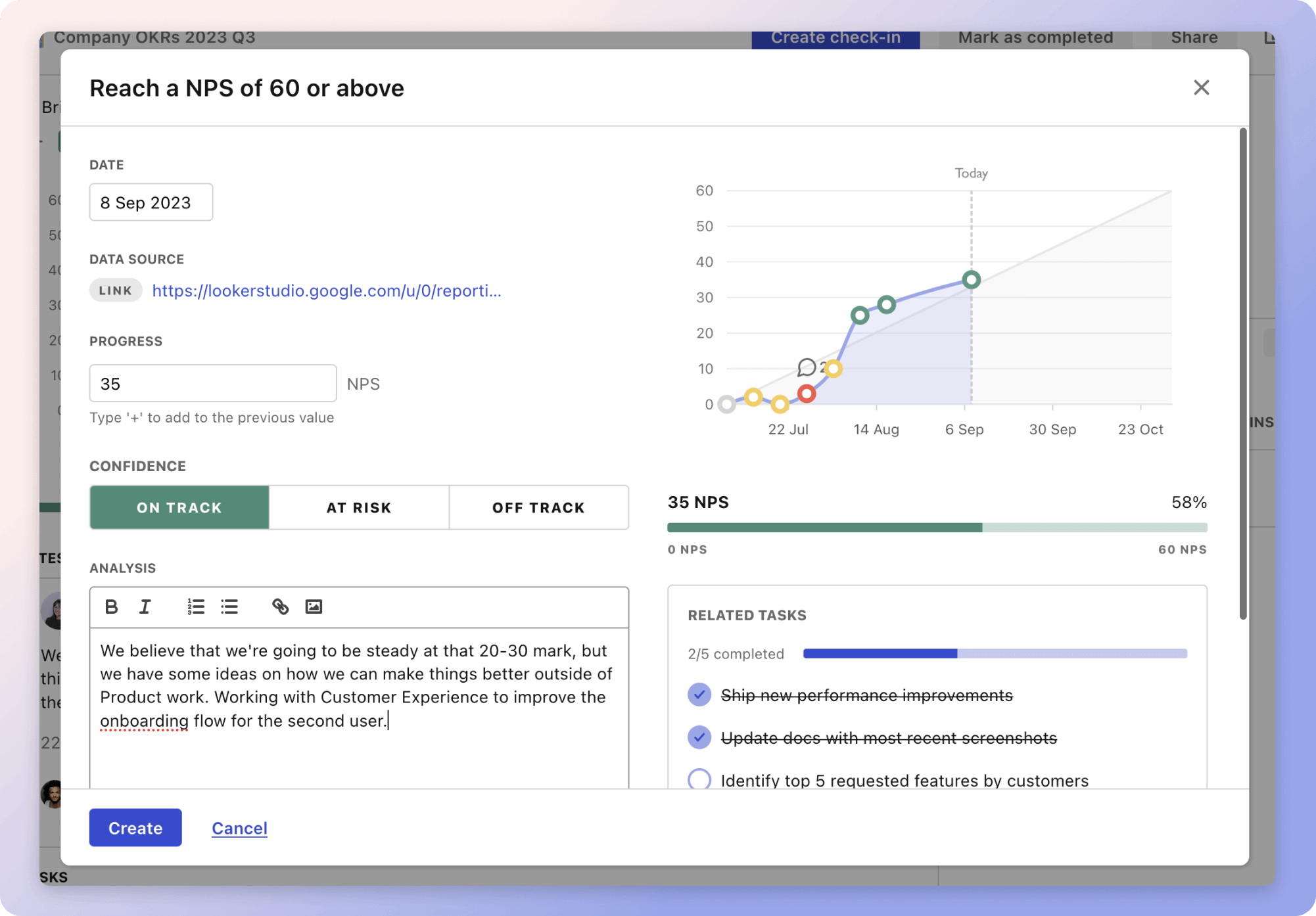The strategy focuses on comprehensive risk management for a $15,000 trading account, with an 8% drawdown limit. The first step is calculating maximum risk per trade, which involves understanding that the drawdown limit equals $1,200 and determining the risk percentage per trade, typically 1-2% of the account balance. For instance, with a 2% limit, risk per trade should not exceed $300. Effective tools like stop-loss orders and position size calculators help manage this risk, while ongoing adjustments ensure alignment with performance goals.
Next, the strategy emphasizes effective leverage utilisation. Traders should research broker leverage offerings and simulate various scenarios to understand impacts on potential losses. Setting clear leverage limits prevents breaches of the drawdown objective, and continuous education about leverage risks is crucial.
Lastly, optimizing account diversification involves analyzing market sectors, calculating diversified position sizes, and developing a plan that encompasses multiple assets or currency pairs. Diversification helps balance trades within the 8% drawdown limit, and regular market condition reassessment aids strategy updates. Employing automatic tools for diversification adjustment and performance tracking is also beneficial.
The strategies
⛳️ Strategy 1: Calculate the maximum risk per trade
- Define the 8% drawdown limit for the $15,000 account, which equals $1,200
- Decide on a risk percentage per trade, generally between 1-2% of the account balance
- Calculate the risk per trade by multiplying the account balance by the chosen percentage
- Aim to limit risk per trade to no more than $300 if using a 2% risk limit
- Evaluate risk-reward ratios to ensure a profitable trading strategy
- Determine stop-loss and take-profit levels that align with the risk tolerance
- Use a position size calculator to calculate lot size based on risk per trade
- Adjust the risk percentage as needed to align with performance and goals
- Implement these calculations into a spreadsheet for quick reference
- Regularly review and adjust risk management strategy as account balance changes
⛳️ Strategy 2: Utilise leverage effectively
- Research broker leverage offerings and understand implications on lot size
- Determine the maximum leverage ratio suitable for an 8% drawdown scenario
- Calculate potential account exposure by multiplying lot size by leverage ratio
- Set clear limits on leverage to avoid breaching the 8% drawdown objective
- Simulate various leverage scenarios to see their impact on potential losses
- Incorporate leverage considerations into your trading plan
- Establish a max leverage threshold to guide trading decisions
- Implement trade management protocols to handle leveraged positions
- Educate on leverage risk and include this in continuous learning activities
- Monitor leverage usage and its effect on account stability regularly
⛳️ Strategy 3: Optimise account diversification
- Analyse potential market sectors for diversification opportunities
- Calculate diversified position sizes to mitigate risk where possible
- Develop a trading plan that includes multiple asset classes or currency pairs
- Adjust risk allocation based on the volatility of different market segments
- Utilise diversification to balance winning and losing trades within the 8% drawdown limit
- Research correlation among assets to avoid overlapping exposure
- Set automatic tools to balance and rebalance trade diversification regularly
- Regularly reassess market conditions and update the diversification strategy
- Invest in education about market correlations and diversification strategies
- Track and analyse performance to optimise ongoing diversification efforts
Bringing accountability to your strategy
It's one thing to have a plan, it's another to stick to it. We hope that the examples above will help you get started with your own strategy, but we also know that it's easy to get lost in the day-to-day effort.
That's why we built Tability: to help you track your progress, keep your team aligned, and make sure you're always moving in the right direction.

Give it a try and see how it can help you bring accountability to your strategy.
